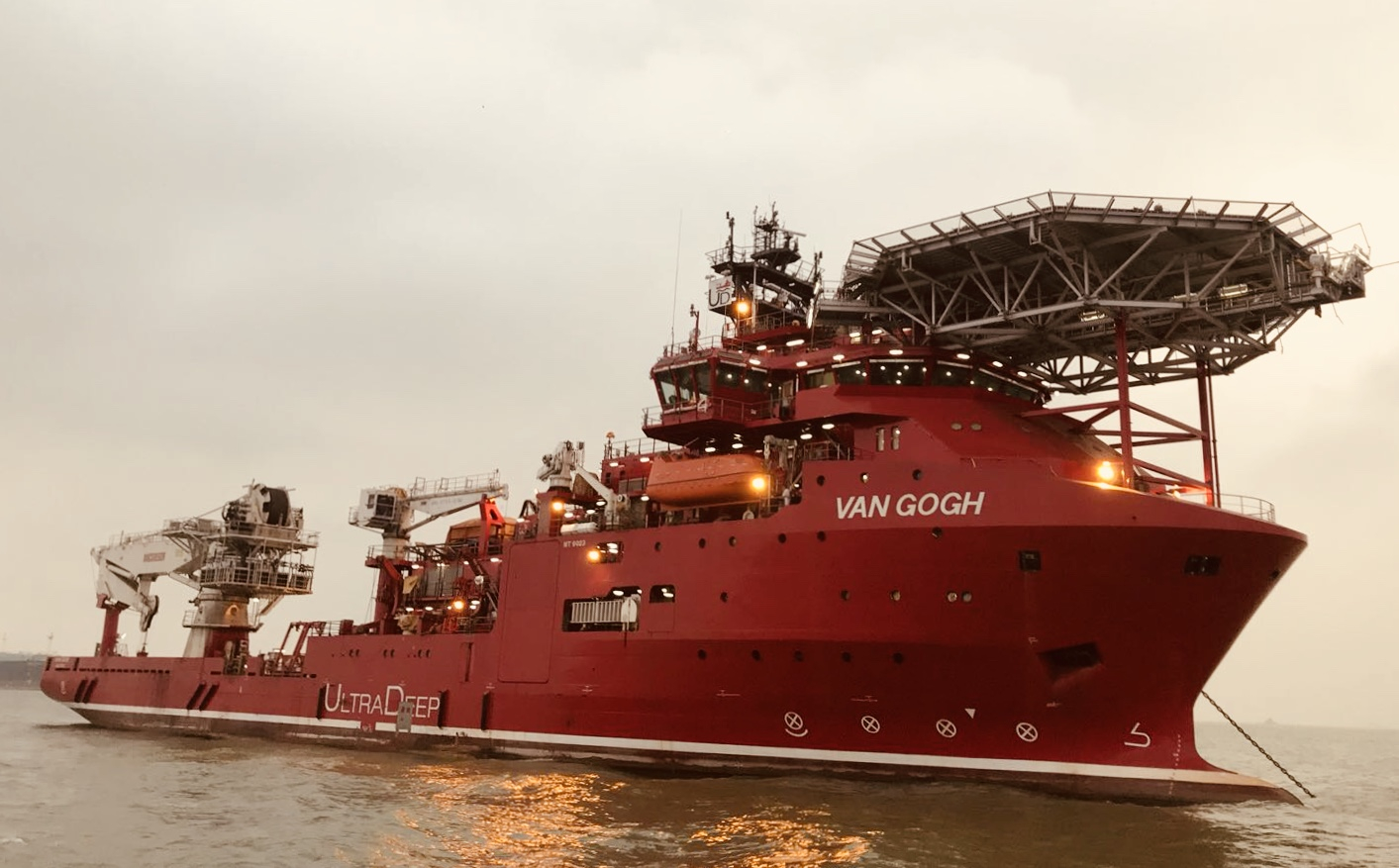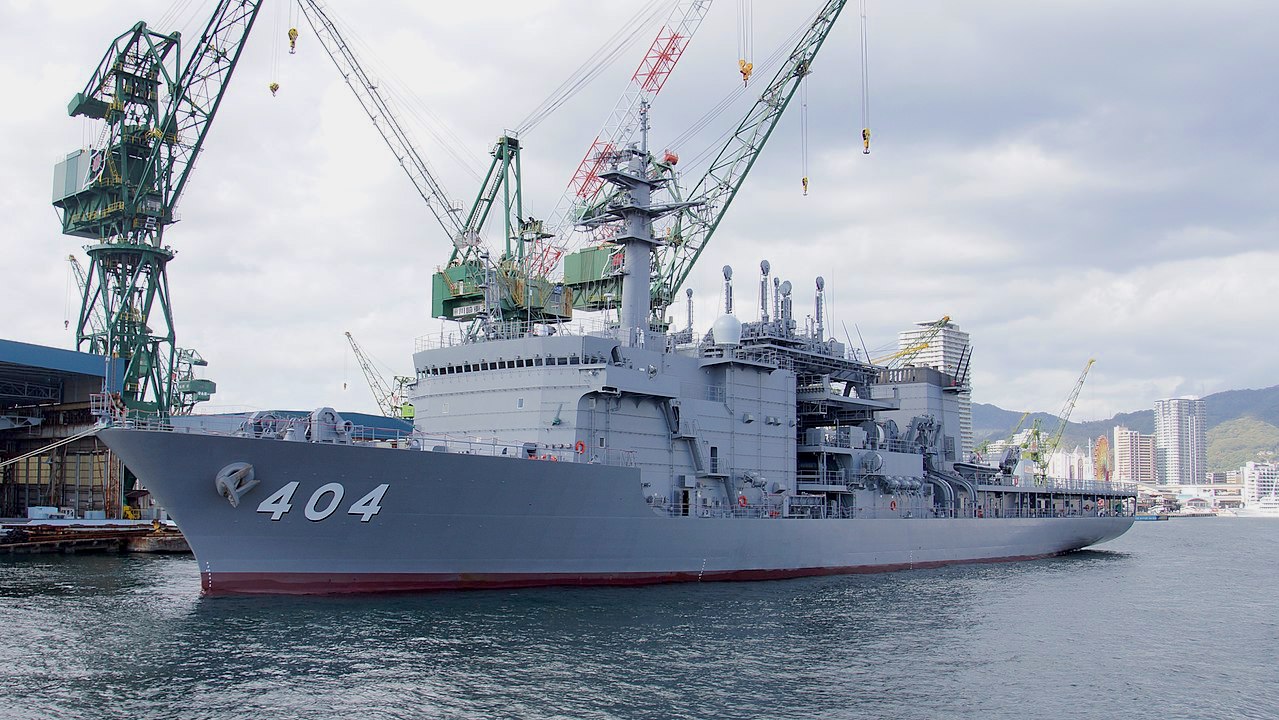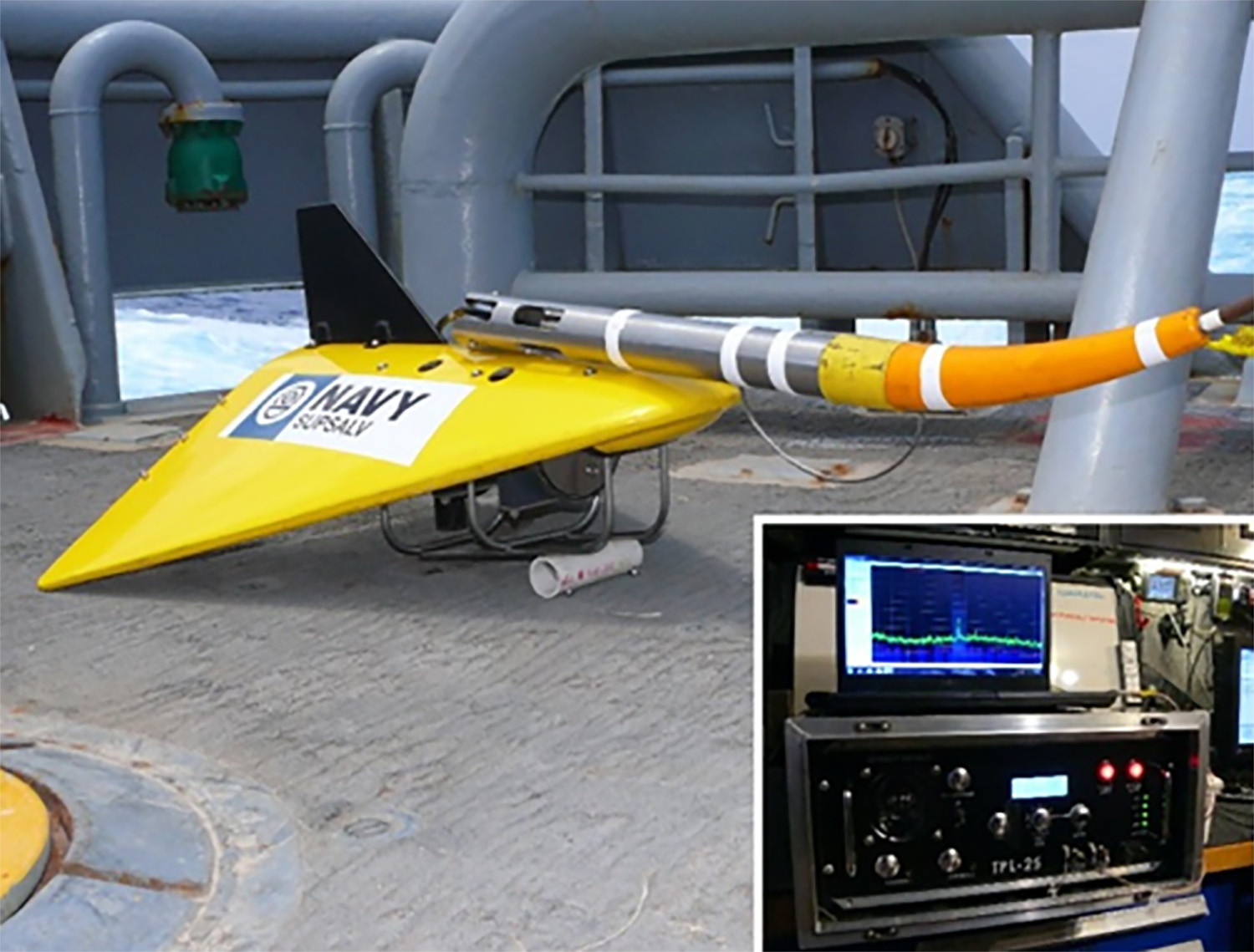
The U.S. Navy is employing tools it used in the search for the missing Malaysian Airlines Flight 370 to help find a Japanese F-35A that crashed earlier this month, U.S. 7th Fleet announced on Thursday.
The service is sending out a Navy salvage team with a commercial deep-sea submersible, unspecified unmanned underwater vehicles and a TPL-25 “black box detector” – a towed sensor that can locate emergency beacons up to 25,000 feet below the ocean’s surface.
The salvage team embarked on commercial diving support construction vessel DSCV Van Gogh on Thursday from Okinawa, Japan. The participation is the latest U.S. assistance to find the Japanese Self Defense fighter that went missing on April 9. The Japan Air Self-Defense Force identified the still-missing pilot of the F-35A as Maj. Akinori Hosomi.
“From April 9 to 17, U.S. Navy guided-missile destroyer USS Stethem (DDG-63) and P-8A Poseidon aircraft joined JSDF forces searching an area spanning approximately 5,000 square nautical miles,” U.S. 7th Fleet said. “U.S. Navy P-8A Poseidon maritime patrol aircraft flew a total of 182 hours.”
In addition, a U.S. Air Force U-2 surveillance aircraft participated in the search. Japanese assets include JS Chiyoda (ASR-404), the flagship of Japan’s submarine rescue fleet. Also, this week the Japan Agency for Marine-Earth Science and Technology research vessel Kaimei is also joining the search.

“The Kaimei is equipped with echo-sounders, magnetometers and an unmanned submarine able to reach depths of 3,000m for seabed surveys,” reported Financial Times on Wednesday. “The crashed F-35 is thought to lie in deep water at 1,500m: well below the operating depth of a normal submarine.”
Some reports say Japan and U.S. officials are concerned that the technology within the F-35A could be seized and reverse-engineered by adversaries. However, U.S. defense officials told USNI News last week there were no indications Chinese or Russians were also searching for the missing F-35A.
The TPL-25, a Navy salvage team and sonar-equipped unmanned underwater vehicles were used extensively in the failed search for the Malaysian Airlines 777 that went missing in 2014.

The following is the complete April 24, 2019 statement from U.S. 7th Fleet.
U.S. Navy to Support JASDF F-35A Search and Recovery Operations
Okinawa, JAPAN – A U.S. Navy salvage team embarked a contracted vessel and departed Okinawa, Apr. 24, to assist Japanese-led search and recovery operations for a downed Japan Air Self Defense Force F-35A.
DSCV Van Gogh is a multipurpose diving support and construction vessel equipped with U.S. Navy remotely operated vehicles and a U.S. Navy towed-pinger locator (TPL-25) system. The F-35A aircraft went missing approximately 85 miles east of Misawa Air Base on Apr. 9. From Apr. 9-17, U.S. Navy guided-missile destroyer, USS Stethem (DDG 63) and P-8A Poseidon aircraft joined JSDF forces searching an area spanning approximately 5,000 square nautical miles. U.S. Navy P-8A Poseidon maritime patrol aircraft flew a total of 182 hours. Our thoughts continue to be with the pilot’s family, friends and colleagues.
The seamless cooperation between the U.S. military and the JSDF during this operation is yet another reflection of a strong Alliance, forged over decades of mutual support and friendship.
U.S. 7th Fleet provides security alongside allies and partners throughout a free and open Indo-Pacific. As the U.S. Navy’s largest forward-deployed fleet, 7th Fleet operates roughly 50-70 ships and submarines and 140 aircraft with approximately 20,000 Sailors.





